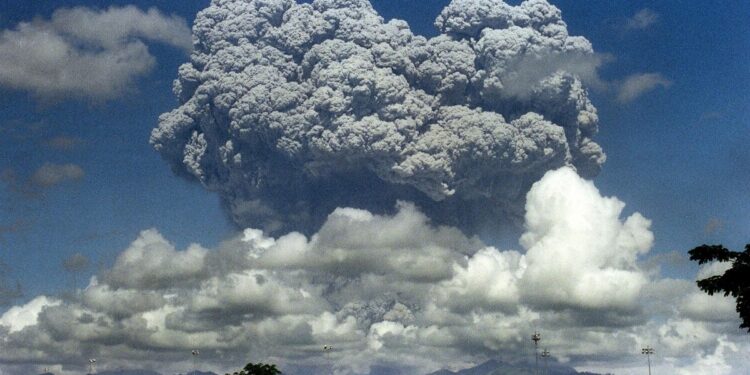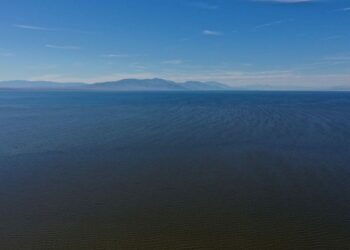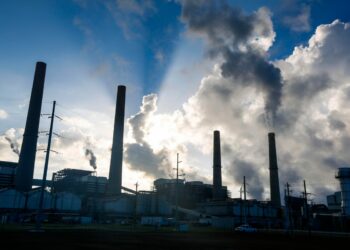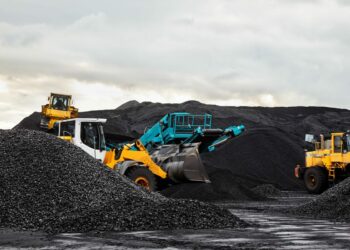With global temperatures rising, policymakers are increasingly desperate for easy solutions to climate change. A report released by the Council on Foreign Relations validates a scientifically and politically controversial hypothesis— man-made solar geoengineering.
Also known as sunlight reflection, this is the process of reflecting sunlight away from Earth to reduce rising temperatures. Two approaches to climate alleviating geoengineering have garnered the most attention, Stratospheric Aerosol Injection (SAI) and Marine Cloud Brightening (MCB). SAI has attracted the most attention as it mimics a volcanic eruption by dispersing man-made aerosols into the atmosphere. It would be causing a cooling effect due to the aerosols’ reflective properties. While MCB reflects sunlight by spraying salt crystals from the ocean into low-lying clouds.
Proponents argue that geoengineering in the form of SAI and MCB can act as a stopgap to ensure the worst impacts of global warming are avoided while the economy reaches net zero. They substantiate this claim by insisting that geoengineering is relatively cheap, politically practical, and scientifically sound. It may also provide humanity with critical time we may otherwise not have to address climate change.
However, skeptics currently dominate the debate on geoengineering for good reason. The process may be cutting-edge, but it is fundamentally an untested stopgap at best and may be dangerous at worst. While there have been advances in atmospheric research that suggest geoengineering may reduce, halt, or even reverse the effects of greenhouse gas emissions, these models are admittedly limited and lack external validity.
While some, including Microsoft’s
MSFT
billionaire founder Bill Gates, remain exuberantly optimistic, hard science does not currently back up their ideals. Proponents point to costs, indicating that implementing SAI would cost less than $20 billion annually, a small portion of the estimated $275 trillion needed to decarbonize the global economy by 2050.
This statistic belies how policymakers evaluate spending. It fails to recognize how the risk of spending billions of dollars on an untested technology would and should be considered in any cost analysis.
Nuclear energy, for example, is expensive. However, it is emissions-free and highly reliable. The dependability of nuclear power makes the cost worthwhile in the long run. Policymakers should remember how pinching pennies now may lead to wasting dollars later. If solar reflection cannot actually lower temperatures, or worse, it creates other unintended effects, the cost in the future would be astronomical.
This is not to mention the human cost of solar reflection gone wrong. Major changes to the global climate could create unlivable conditions, negatively impacting densely populated regions, consequently displacing thousands.
Even in a hypothetical scenario where there were absolutely no financial constraints on geoengineering and it worked as intended without negative externalities, proponents of the technology must contend with moral hazards. It has the potential of being a mirage of a solution. If a cheap and easy “solution” to climate change exists, politicians will take it, creating a negative feedback loop that inhibits long term emissions goals.
This moral hazard cannot be dismissed with analogies to personal moral hazard arguments made in the past, like seat belt usage encouraging reckless driving; individual moral hazards operate far differently than policy ones.
On the international scale, geoengineering has all the hallmarks of a disaster. The fraying international frameworks are ill-equipped to handle the delicate cooperative diplomacy that geoengineering would require. Think current climate treaties are cumbersome? The proposed “solution” to climate change we have chosen cannot be embarked upon unilaterally, and it is doubtful that the international consensus can be achieved.
Geoengineering is a well-intentioned tool in a wider repertoire designed to alleviate the worst excesses of human suffering due to climate change. Fires, famines, and floods are for all to see. We must utilize all proven tools for preserving a sustainable climate for ourselves and our children. It is also doubtless that geoengineering as a tool is dangerous, untested, and likely to create a set of political moral hazards making a temporary solution to a permanent problem more dangerous than the problem itself.
With assistance from Julianna Rodrigues and Wesley A. Hill











